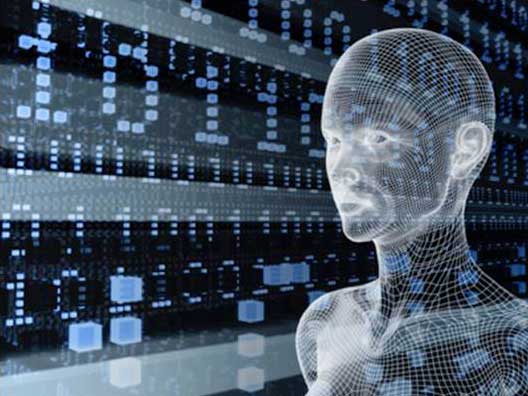
Our economic model is currently hitting a brick wall. Industrial development has brought enormous economic growth, but the linear economic model is unsustainable. Resource-scarcity risks are increasing, leading to more volatile prices and supply chains. Our society is headed for global overshoot and collapse. Steering away from this course requires breaking the current bond between prosperity and material consumption, or ‘decoupling’. In a circular economy, the industrial system is restorative or regenerative by design. Within the circular economy new business models are developed that reduce the need for virgin raw materials. This is accomplished by rethinking how production chains can become closed loops. The circular economy aims to become a new paradigm that essentially changes the functions of resources in the economy: waste material of one (industrial) process will be input for another, and products will be repaired, reused and recycled.
The next, long-term wave of innovation and growth will be formed by symbioses among the rapidly emerging nanosciences and nanotechnologies, biotechnology and life-sciences, and information and computer technology together with cognitive sciences and neurotechnologies — the ‘NBIC cluster’. Cycles of technology-induced social and economic change have accelerated in recent decades and are likely to move even faster, there is exponential rather than linear growth for some areas of technological progress. Technological advances that enable machines to perform human tasks could have implications for society, in particular influencing inequality. Increasing use of machines may depress wages for some, while boosting demand for highly skilled labor and low-skilled service-sector work. The resulting polarization of job opportunities could contribute to greater earnings inequality. By reducing demand for labor relative to machinery, new technologies can also mean that returns to production increasingly accrue to the owners of physical capital. It will enhance existing economies, industries, manufacturing and introduce new ones.
But such a shame! The root of our existing educational system mirrors that of our economic system. Both emerged from the traditions and world view that originated in the Enlightenment: the world is ‘machine-like’. Education, at least in the formal sector and before the age of 19 is often seen as delivering specified content (knowledge). Learning is usually understood to result from teaching and that certification guarantees at least a portion of that knowledge.
It tells us little about what has been learnt, how learning has been facilitated, what skills have been developed and what perspectives have been explored. It is a great distance from an ambition to “rethink and redesign”. The education system must evolve to enable learners to grasp ‘whole systems’ design.
The ability to think in a more connective and integrated way is vital to live in a highly interdependent world. So, for example, skills should not be addressed separately in different subjects but should seek to link disciplines together in order to re-design the whole system. Important social developments that have implications for education, the transition to a knowledge-intensive society, the flexibility of the labor market and the importance of life-long learning, and the impact of new technology on how we communicate, learn and work.
The future of education clearly indicate a move away from the traditional path of education for children, educators, students, teachers, faculty and institutions.
As the economy change, this view of the traditional experience is more the exception than the rule. The traditional boundaries defined by preschool, primary, secondary, and higher education are no longer adequate to define a student’s path through his or her preparation for the workforce. The educational experience is often much less linear, more complex and varied, with many different paths of educational attainment. Learning services and resources will become more interconnected and seamless. Information about student needs and skill gaps will become more instrumented and non-intrusive to the teaching process.
